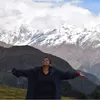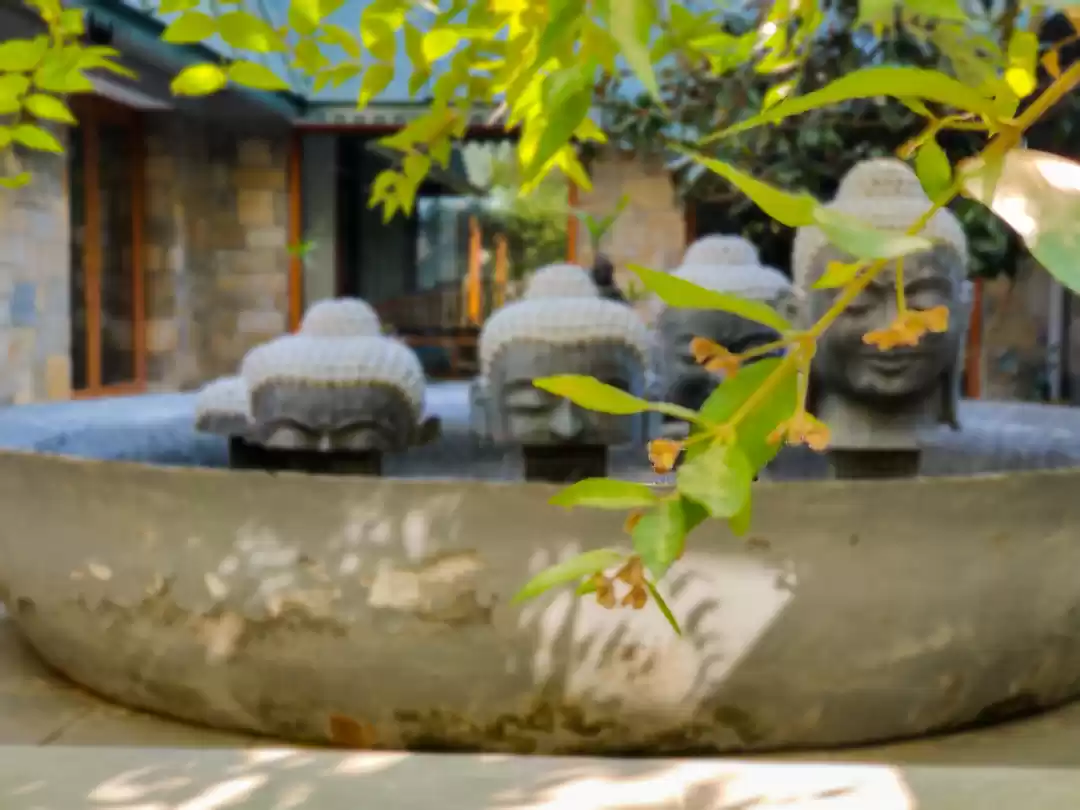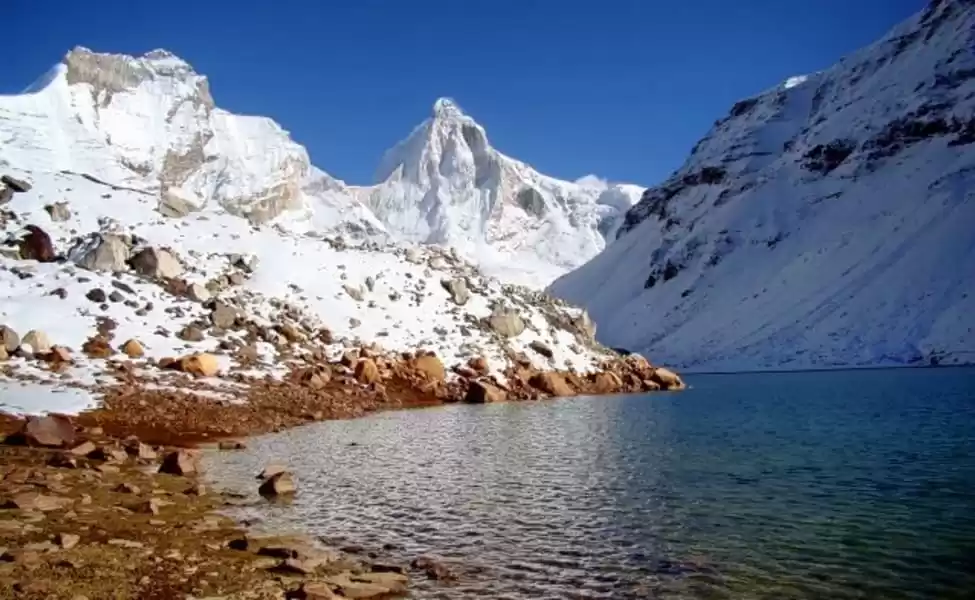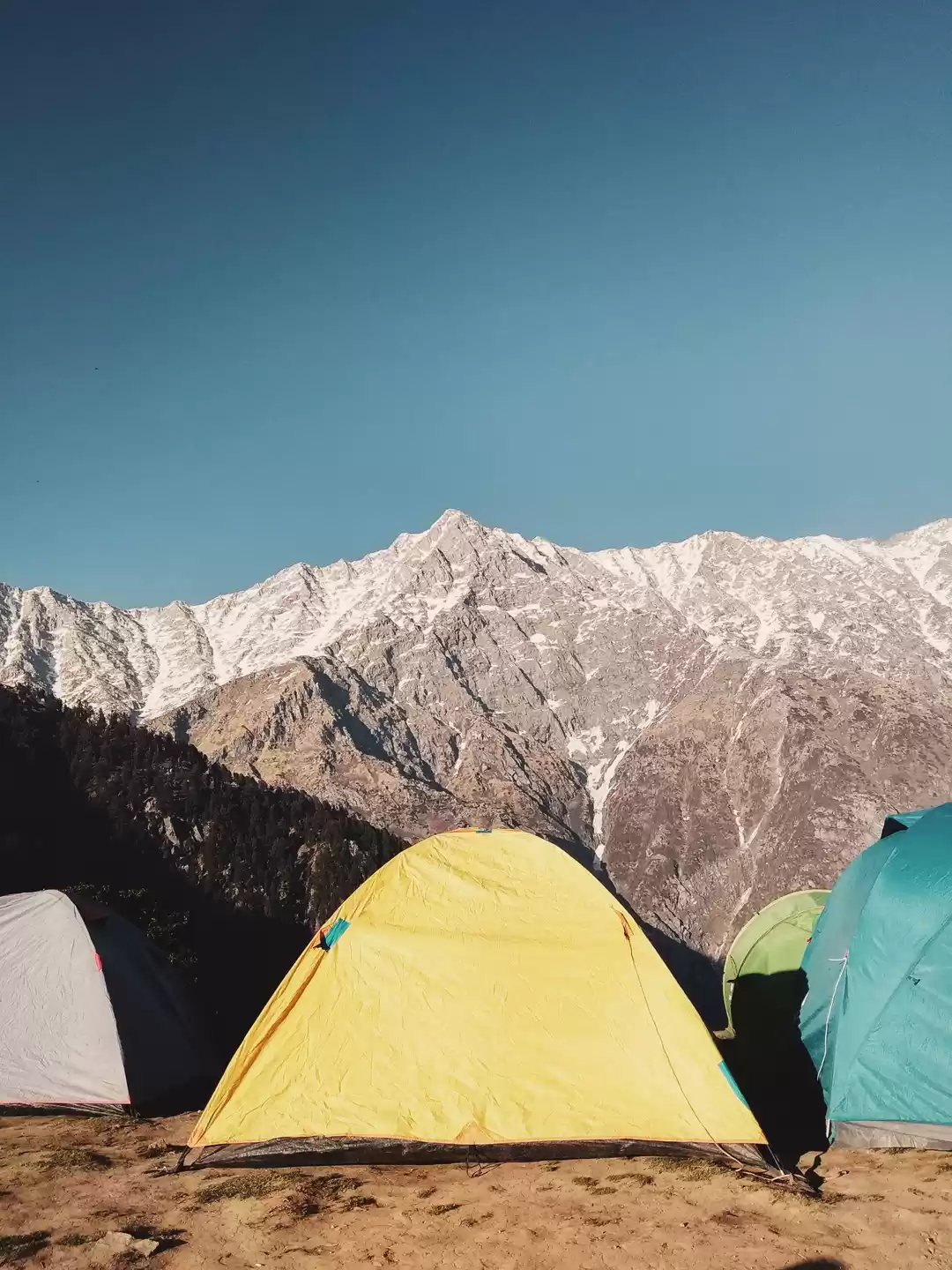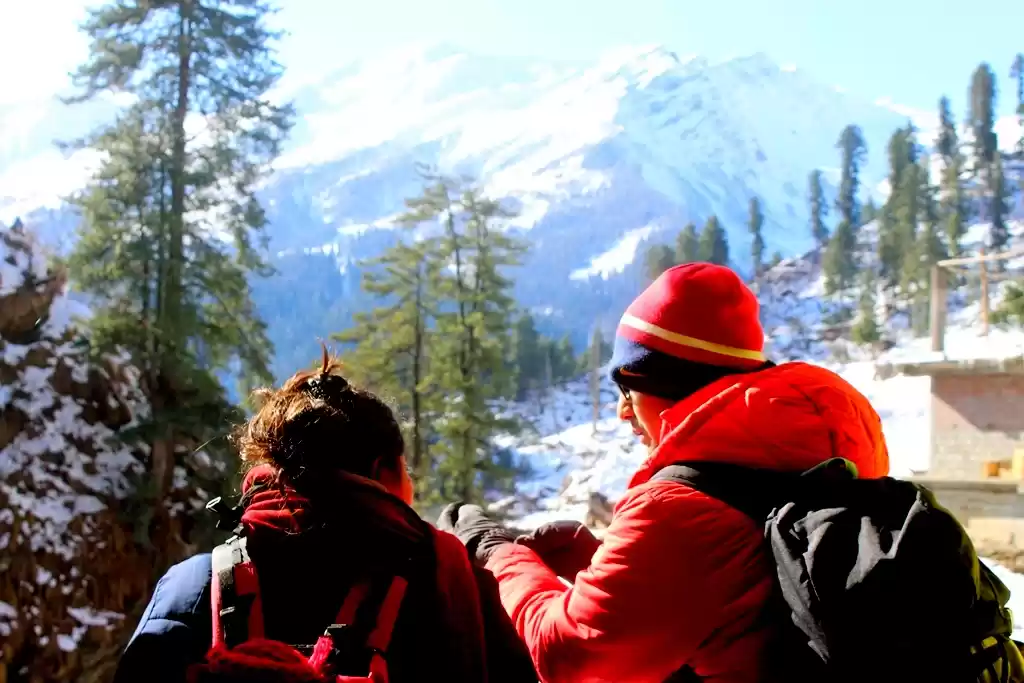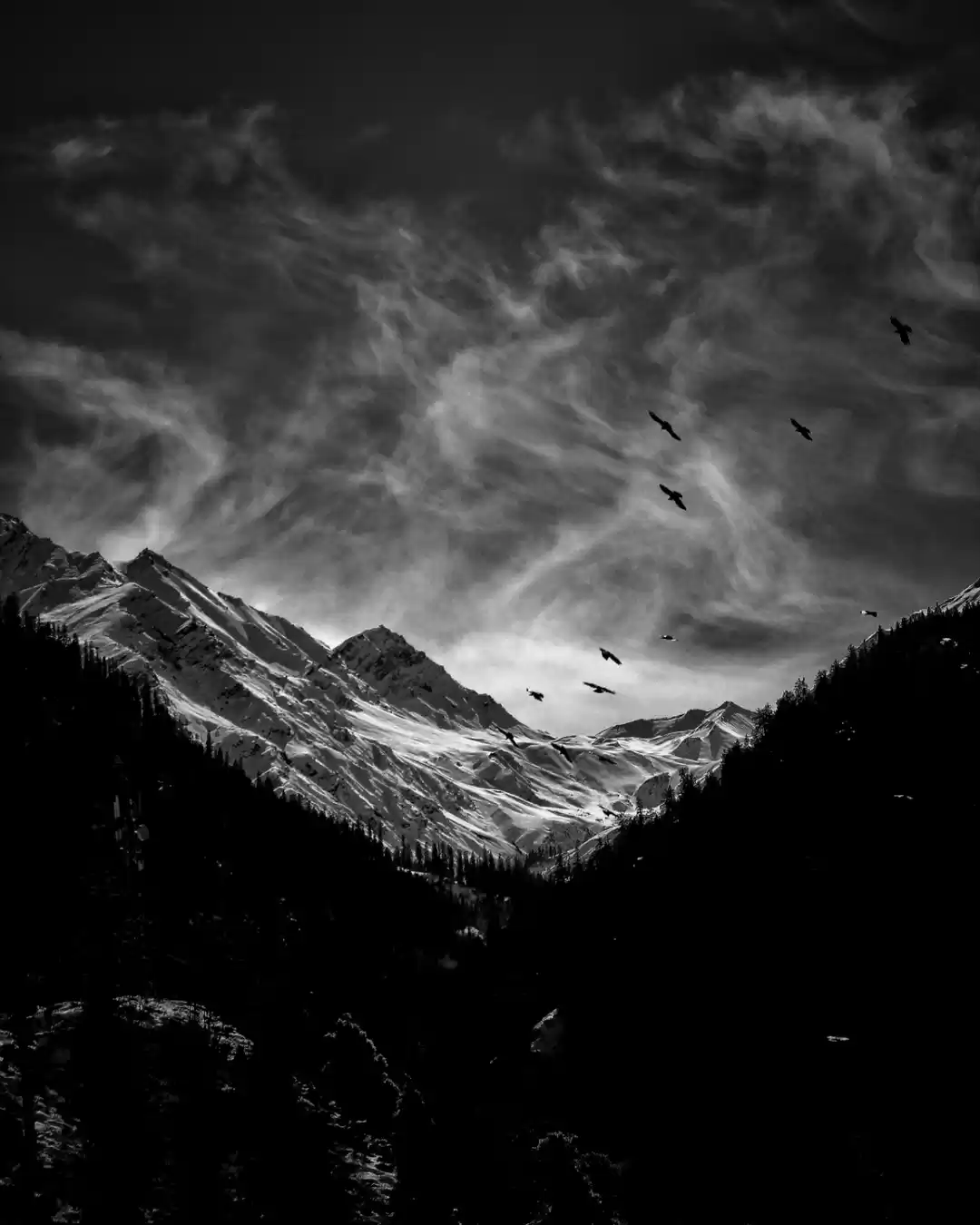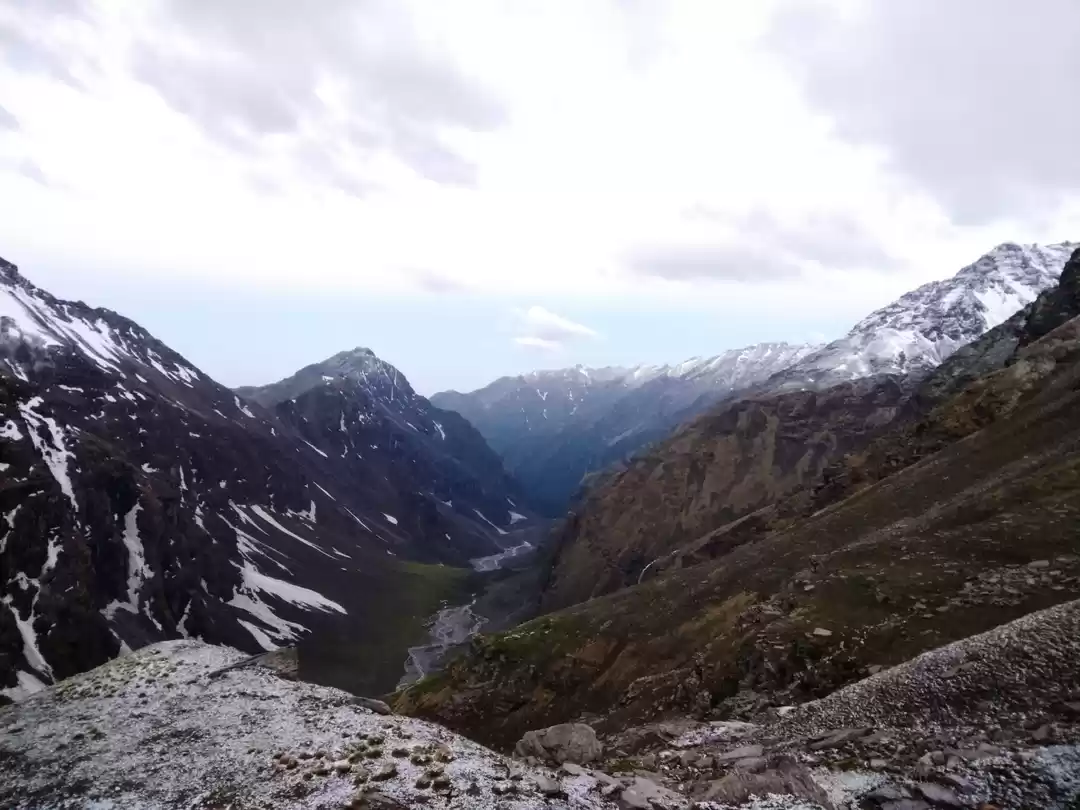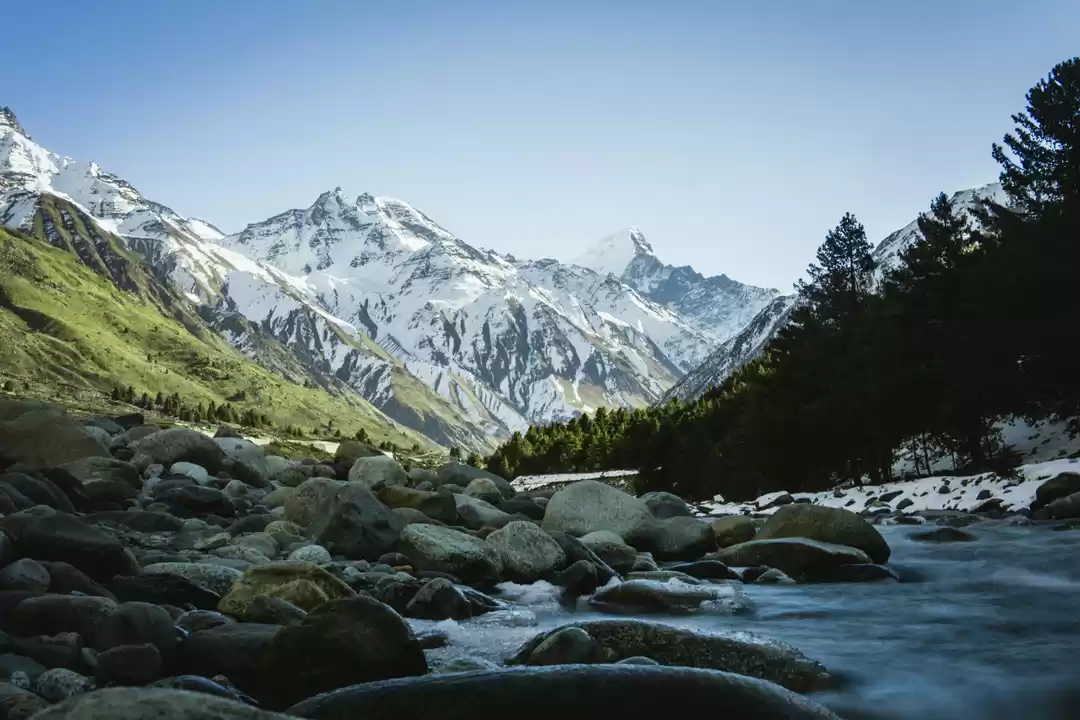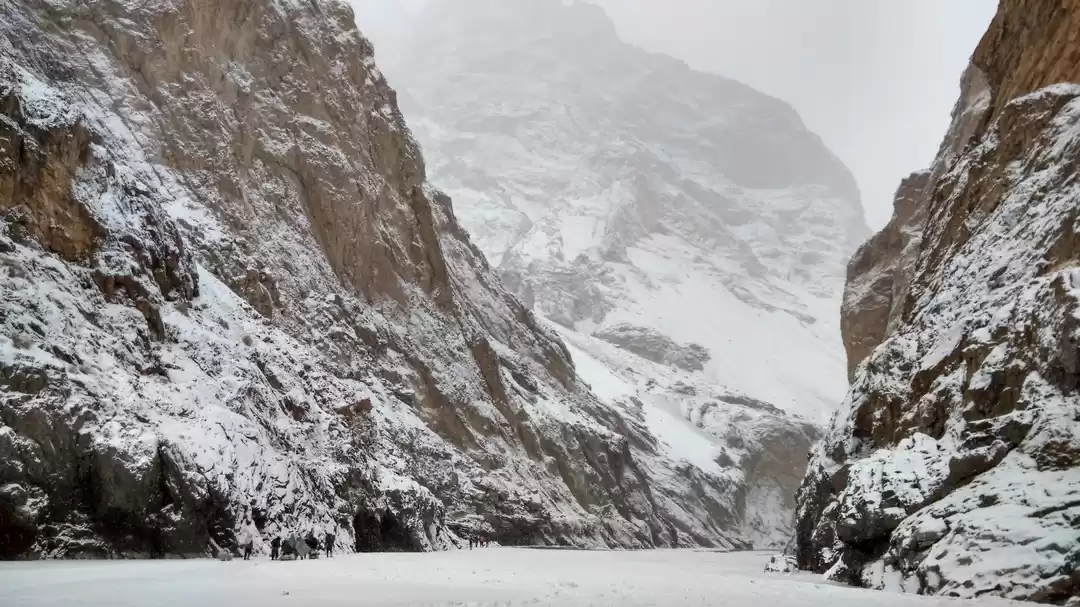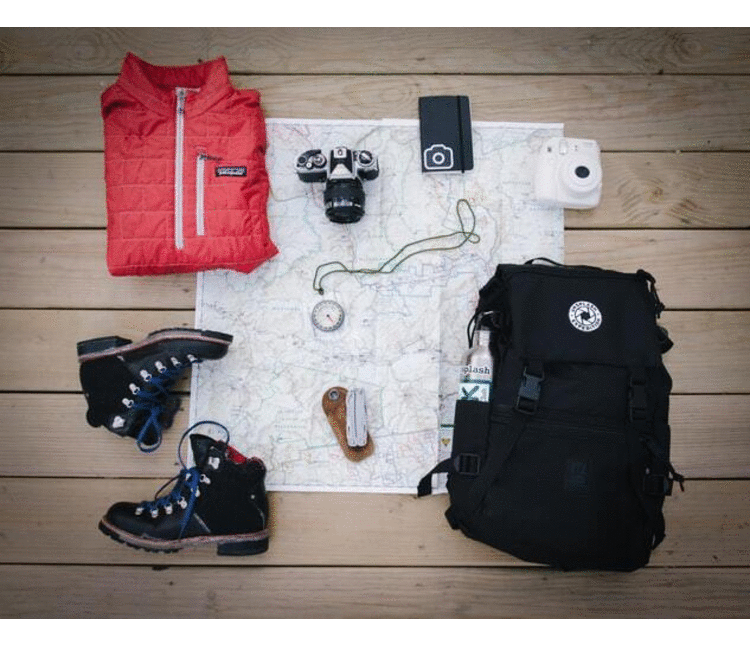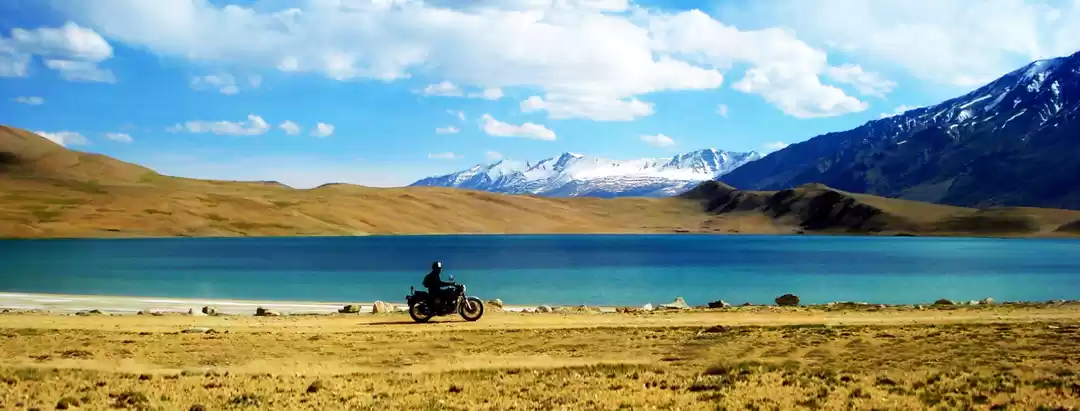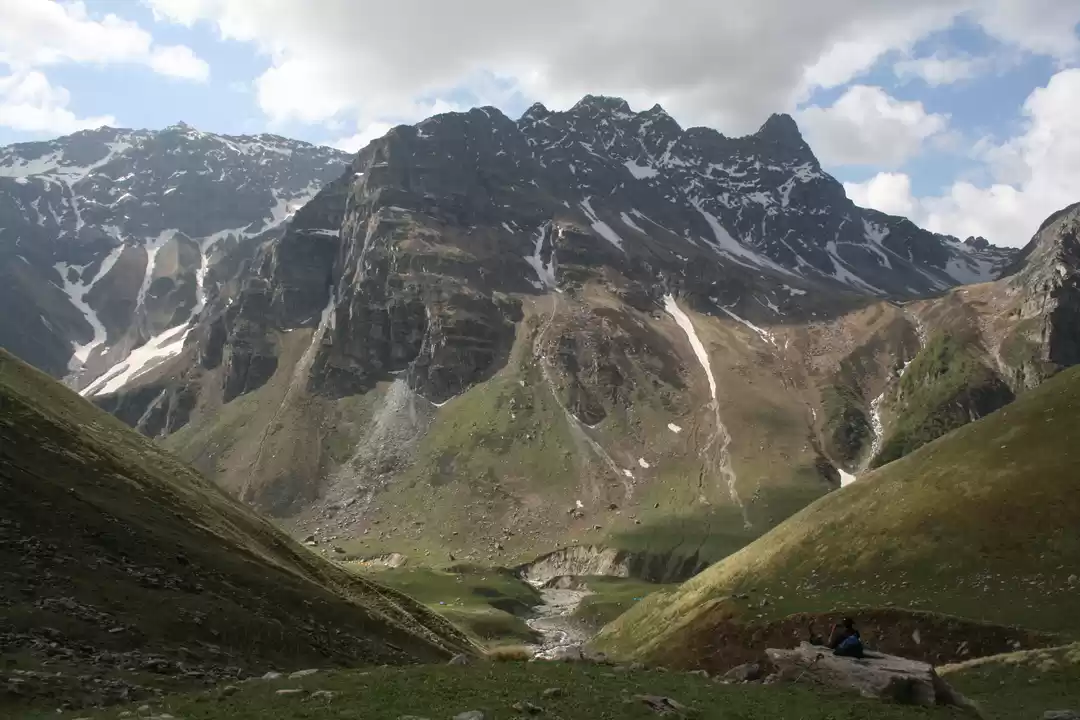Every amateur trekker wishes to reside in the heart of the mountains; at least once. Undoubtedly, Himalayas is the ultimate playground for it. Trekking in Shiva’s adobe is completely different experience than trekking in the Western Ghats or anywhere else. Himalayas is synonymous to “High Altitudes” and one of the major challenges your body faces is “Acute Mountain Sickness”. To understand AMS better do read “Acute Mountain Sickness.” In my opinion, fitness doesn't play a role in preventing AMS. It is not necessary if you are physically fit you wouldn't fall a victim to AMS or if you are a little plump then you’d be the first target to AMS. It truly is “MIND OVER MATTER” here. So, here are some tricks that helped me dodge AMS and few more of its friends in the Himalayas.
1. LAYERS – make sure you have at least 5 layers of clothing with you in your backpack while you start off on a Himalayan trek – track pants & t-shirt, 1 pair of thermals (for weekend or week long treks), 1 fleece jacket or sweater, Down feather jacket and water/wind proof pants and jacket. They are primary and essentials to high altitude treks. In case you don’t have a down feather jacket, “3-in-1 Jacket” (from Quechua available at Decathlon) would do equally well till temperatures as low as -7°C. During the ascend you would need a wind/water proof layer over the one you are wearing, the rest will come handy once you reach the camp site.
2. OTHER ACCESSORIES – waterproof gloves along with thermal gloves (for the night). Out of my experience I can say that woolen gloves don’t help as much as the combination of the former two. Woolen socks are a must along with a couple of extra pairs of socks. (shoes is also something you should attend to. You can read more on it in my previous blog "10 Tips To Trek..."). Don’t forget to pack in a woolen beanie it will help conserve body heat while you trek/camp. Most of the heat from the body is lost from your head.
3. TREK GEAR – Make sure your rucksack has good back support and strong waist belt so the load is off your shoulders. (you can watch how to carry your rucksack correctly here - "Deuter tip: How to fit and adjust your backpack"). Trekking pole is a must in the Himalayas. It takes a load off your legs, mainly the knees as the walks are long and some extra support from the poles to your limbs in taking the load works wonders. Which is why, I would insist to carry a trekking pole to anyone who asks me. Torch another important gear for the campsites at night (for those walks from your tent to dinner tent & the pee breaks). Some treks require gaiters too; however that is usually trek specific and recommended as per requirements and the altitude you would be trekking to. Also, if it’s a short trek and you have a waterproof pant then you might not buy gaiters separately.
4. EATABLES – Firstly, don’t over think on this or over load your bag with it. Ignoring carrying some energy food with you would be a bad decision. Make sure you munch a little every hour or two on your trek even if you are not hungry (loss of appetite is also a symptom of AMS). So what exactly would you pack to munch on while you trek? – Dry fruits like almonds, cashews, walnuts, pistachios, raisins (great source of energy and provided the necessary heat to the body. Make small packs containing 10-20 grams each for days you are going to trek). Energy bars are good too; however do check online which are best for having on treks. Also, dried ginger powder mixed with jaggery and made in small ladoos are great to maintain body heat and prevents your core from the cold. (One or two for each day would suffice). Chocolates & candies!! (yes, the biggest benefit of treks! *wink*). In the city it may not sound so exciting but on a week long trek with scarce civilization and no candy stores on the way up chocolates & candies are a boon and probably the only luxury you can afford. So pack some of your favorites for those days you feel low or miss home.
5. MEDICINES AND MISCELLANEOUS – Usually the trek leader would carry a general medical kit but it’s always better to carry your personal medical kit. It should consist of general medicines for pain, flu, vomit, loose motions, acidity, etc. and any other medication you are on, prescribed by your physician. Also do make sure to notify your doctor about going on a high altitude trek so that he can examine you accordingly. Some other things your personal kit should include are anti-bacterial cream/powder, pain relief spray, wet tissue, cotton, band-aids, face wash (which can also be used as a hand wash), lip balm and moisturizers. You can also carry moisturizer cum sun block as an alternative. Don’t forget to carry a small pack of CAMPHOR for those less oxygen campsites to help you breathe in case you feel out of breath or if you feel being hit by AMS. Pack in a day-pack (10 liters) for the day of your summit so that you would not need to carry the big rucksack and make the summit easier. I personally prefer packing a 30 liter backpack along as well just in case I wish to give my rucksack on the mule and carry fewer essentials with me, divide the weight of the rucksack or carry souvenirs post trek or just about anything else.
Last but not the least, please read about the symptoms of AMS and do keep a track of it. Loss of appetite, not drinking enough water, things falling from your hands, headache, etc. are some common symptoms which is hard to recognize unless someone truly observes you. So keep an eye out for these little things. Water is another source of oxygen in high altitudes; make sure you keep sipping water all day long. Gradually make a habit of drinking 5 to 6 liters of water per day, a month or two prior to your treks. Also, make sure you eat proper meal at least twice a day. Do not miss on soups served at campsites. Also, prefer drinking black or green tea or even black coffee at higher altitudes rather than the one with milk (it’s an antioxidant, instant energy – especially from black coffee & also prevents AMS). Hope all these tips would help you on your treks. Have a great one, keep trekking and live healthy! Cheers!
Frequent searches leading to this page:-
camphor for high altitude, camphor used for oxygen, why camphor is used in high altitude

